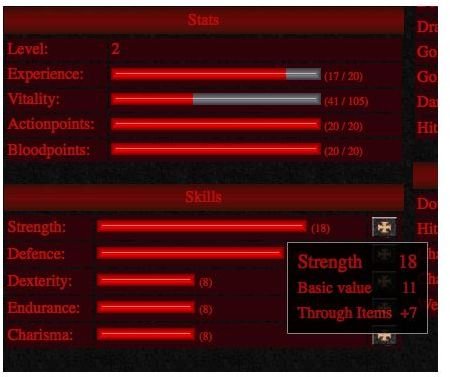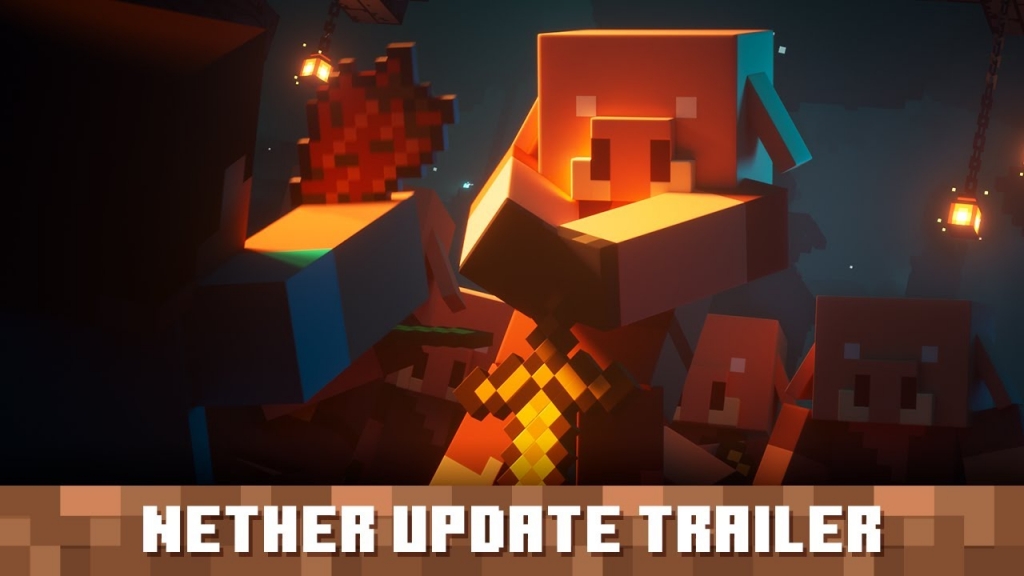BitFight: Defense Mac OS
- In the movie Independence Day, alien invaders are successfully repelled when plucky geek Jeff Goldblum uploads a computer virus to the alien mothership, disabling the attacking ships' protective force fields and allowing the combined military of the entire world to take them all down at once. Goldblum's character does this using an Apple Macintosh Powerbook 5300.
- Download Tor Browser for free. Browser for using Tor on Windows, Mac OS X or Linux. Tor Browser enables you to use Tor on Windows, Mac OS X, or Linux without needing to install any software. Tor is a software that bounces your communications around a distributed network of relays run by volunteers.
- Apple's Mac OS X MAC framework is an implementation of the TrustedBSD MAC framework. A limited high-level sandboxing interface is provided by the command-line function sandboxinit. See the sandboxinit manual page for documentation. Oracle Label Security is an implementation of mandatory access control in the Oracle DBMS.
Hello and welcome to my User Tip
The instructions on IASE will direct you to Smartcard Services (middleware) downloads from Mac OS forge. Smartcard Services will work for most CACs and readers, however, if you do not see your CAC keychain in the Keychain Access.app after installing the Smartcard Services package and inserting your CAC in the card reader, then I recommend using. To erase a Macintosh hard disk you can boot with a different disk and use the Disk Utility. For OS X 10.2-10.7: Note:This refers to a full Mac OS X 10.2.3 or later CD included with a computer, not to the update-only 10.2.3 CD. Steps for zeroing data: These steps assume you have a Mac OS X 10.2.3 or later CD.
Since Apple started introducing computers with Solid State Drives, some people have been asking how to securely erase data on them like they used to be able to do on hard drives.
One might go to Disk Utility only to find there is no secure erase options for SSD's or Fusion drives.
Well this is the fact, you can't securely erase them. Only the traditional (100%) hard drives (not 'Fusion Drives' or 'Hybrids') can be securely erased, nothing that has any flash memory.
The NSA approved method for data destruction on a SSD, flash drives, hybrids etc., is by grinding them into a fine powder.
The Department of Defense approved method for traditional hard drive secure erase is a 7x overpass of random data.
So before one goes placing sensitive data on their machines, they should research how to retain physical control over the SSD or flash memory/hybrid drives in the matter of data destruction, as now many Mac's, iPhones and iPads are sealed up and no user replaceable parts inside.
Bitefight: Defense Mac Os Pro
Apple advises using Filevault to encrypt a boot drive, however that's not really secure because Filevault stores it's keys in memory and software tricks have been used to get the keys, thus the encrypted deleted data (after being recovered off the SSD) can be decrypted and read. Also one has to give up the password for repairs to be done on the machine.
In fact a nifty device from a company called Cellbrite that can read the storage off iPods, iPads and iPhones, even deleted data, even with password protection. Does this also extend to portable Macs? Likely will be in the near future yes.
Ideally it's best NOT to place any data into these newer machines that you rather not share with anyone else, it's the sad fact.
SSD's and flash memory have limited write capability, unlike the unlimited writes of traditional hard drives (which can be scrubbed witha 7x overwrite to meet Department of Defense approval in data destruction).
However traditional hard drives are being phased out for the more shock resistant, non-bit rot suffering and faster SSD's instead of the traditional vulnerable spinning platters.
So because of this securely erasing SSD's would wear them out prematurely, and if under AppleCare or warranty would be a replacement cost to Apple that they rather not have to pay for, so Disk Utility will not secure erase these solid state drives.
Because of their limited write capability, SSD's have software called 'wear leveling' or TRIM support, which always writes to the least used areas on the SSD.
Newer OS X versions of Lion, Mountain Lion and above have new file saving features like 'Versions', saving files automatically. Also if a laptop, TimeMachine local backup files also on the boot drive itself are being saved in hidden files.
So even if you go and delete a file and manage to scrub the SSD by overwriting with random data, those hidden files still contain your unwanted data.
Therefore if you secure erase needs don't warrant total drive or machine destruction into a fine powder you may want to try my untested method below, however it's complex and time consuming, don't use often as it will prematurely wear out your SSD.
1: Copy off all wanted user data by selecting the known files themselves, not folders which can contain hidden data, to a regular external drive and disconnect.

Do not use TimeMachine or plan on only restoring from that as it also copies hidden files, databases etc., users accounts in a wholesale manner that can contain the unwanted data.
2: Hold command r keys down (wired or built in keyboard) and boot into RecoveryHD, select Disk Utility and then select your MacintoshHD partition.
3: Use Erase and erase the MacintoshHD partition, make sure it's formatted OS X extended journaled. OS X, files, accounts, programs etc., will be gone. This is unfortunately necessary to remove all the little hidden caches, log files, databases and files squirreled around on the partition.
Mac Os Download
4: Quit and reinstall OS X using your AppleID and password, you will need to be on a fast and reliable Internet connection.
5: Reboot and setup, do NOT restore from TimeMachine unless your positive it does not contain the unwanted data.
6: Return known and verified copies of users files from the external drive.
If you have problems getting files or they contain a red 'no', then Finder > Get Info on the external drive and at the bottom 'Ignore Permissions on this volume'
If need too you may have to later do a #6 Repair Users Permissions/ALC's so the ownership of those files turns over to the new account.
7: Now comes the fun part, you need to overwrite the remaining free space on the boot SSD.
Take a small file and Finder > Duplicate it inside a folder repeatedly until slightly more than 50% of your remaining boot SSD space is filled.
Then delete the folder, Finder > Empty Trash (so it's really gone) and use another small file in another new folder and do it again until it shows another 50%+ filled, then delete it. (Finder > Empty Trash)
Use Activity Monitor to see your drive results that it is being filled up, just make sure you don't fill it up 100% or bad things will occur and the machine might not boot up again.
With the TRIM/wear leveling and small files filling all the cracks, hopefully all the remaining free space of unwanted data will be overwritten, however don't bet your life on it.

Mac Os Mojave
I would like to repeat that I haven't tested this method and do NOT approve for anything super sensitive. I can't say for sure that your unwanted data will be gone, but it should work well enough for those who just want to keep nosey types out, selling the machine etc. Because eventually someone will sell software somewhere that will be able to bypass the file structure and direct read the sectors of a SSD to recover deleted data.
It's like hardware is now being made as not to obey users anymore.
Mac Os Versions
Good Luck and hope it works for you. 🙂